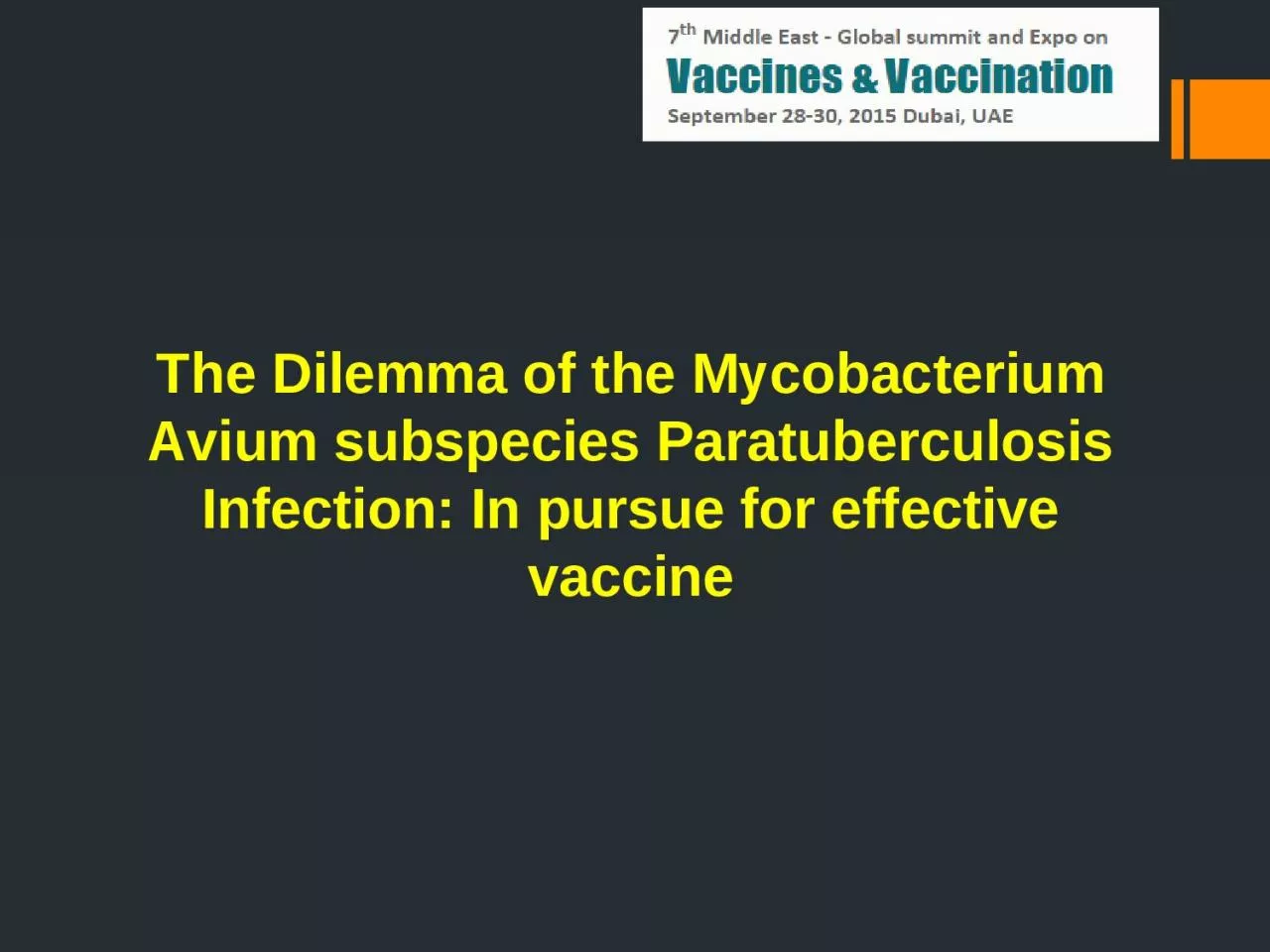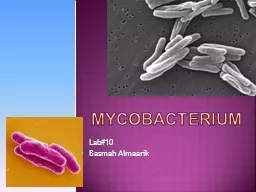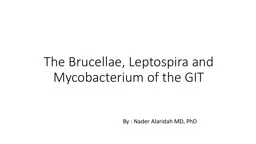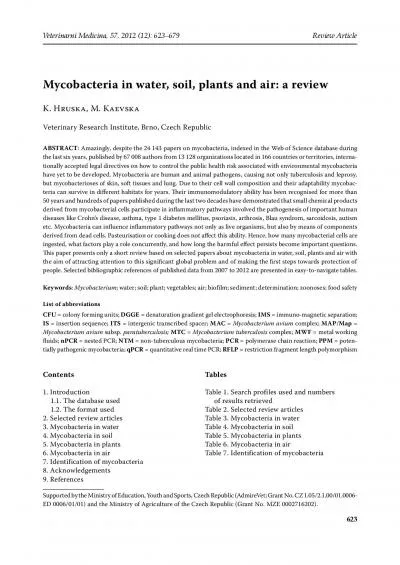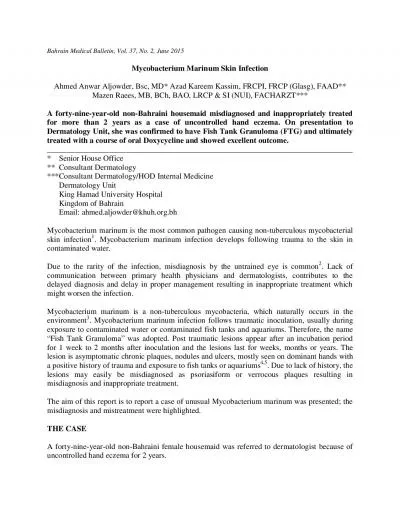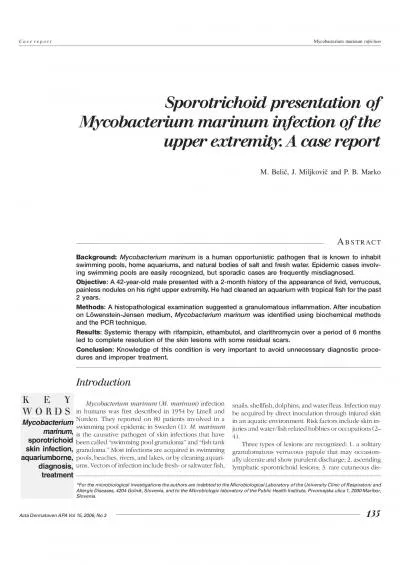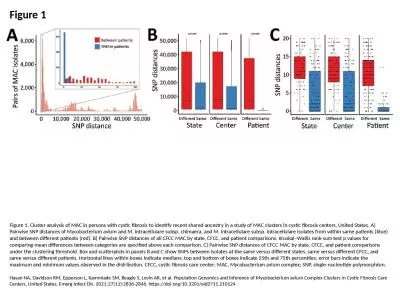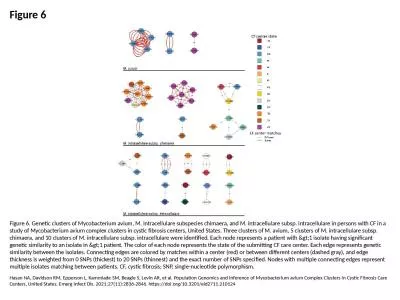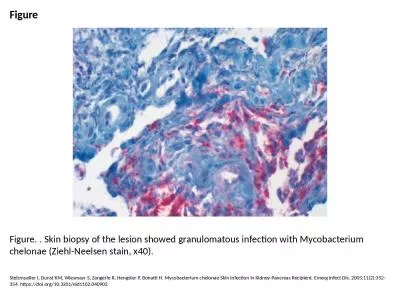PPT-The Dilemma of the Mycobacterium Avium subspecies Paratuberculosis Infection: In pursue
Author : oconnor | Published Date : 2022-06-18
Johnes disease Johnes disease is bacterial fatal severe chronic gastroenteritis disease of domestic and wild ruminant like cattle sheep goats deer antelope and
Presentation Embed Code
Download Presentation
Download Presentation The PPT/PDF document "The Dilemma of the Mycobacterium Avium s..." is the property of its rightful owner. Permission is granted to download and print the materials on this website for personal, non-commercial use only, and to display it on your personal computer provided you do not modify the materials and that you retain all copyright notices contained in the materials. By downloading content from our website, you accept the terms of this agreement.
The Dilemma of the Mycobacterium Avium subspecies Paratuberculosis Infection: In pursue: Transcript
Download Rules Of Document
"The Dilemma of the Mycobacterium Avium subspecies Paratuberculosis Infection: In pursue"The content belongs to its owner. You may download and print it for personal use, without modification, and keep all copyright notices. By downloading, you agree to these terms.
Related Documents

